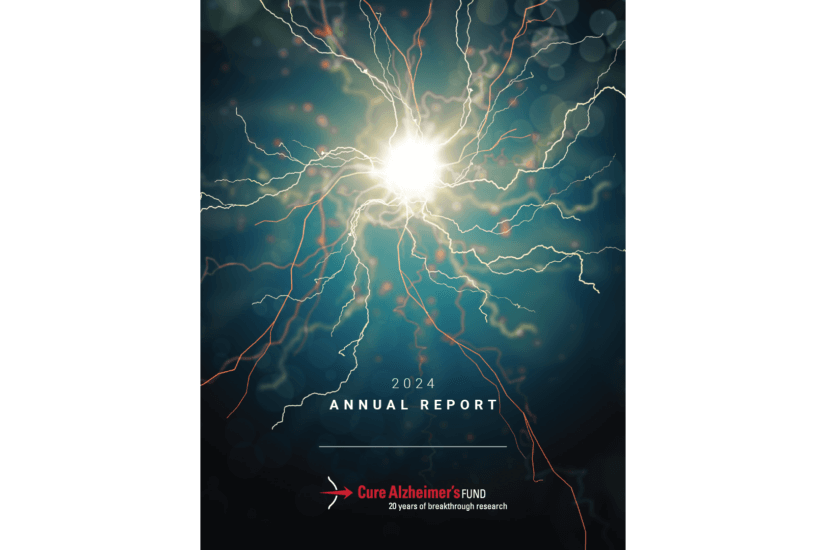In the weeks prior to the date of this writing, Dr. Lesné of the University of Minnesota was accused of using digital images, intentionally altered, to show false results in papers published in scientific journals over many years. Most notable is a paper published in 2006 in the highly prominent scientific journal Nature. These images were used to validate his scientific assertions about the existence of a particular size of aggregated beta-amyloid (an oligomer called Ab*56) and its role in Alzheimer’s-driven cognitive impairment. Image manipulation was until recently very hard to identify, but new digital tools and attention to the possibility are finding potential cases of fraud across many scientific journals. Official investigations into the allegations against Dr. Lesné are ongoing; the evidence available to the public is substantial, but so far, he has neither been cleared nor found culpable.
Intentionally falsifying research findings and allowing an entire field to rely on conclusions you know are based on lies while taking valuable government research funding away from good and much needed science are incredible betrayals and, if the accusations are validated, we hope the system holds Dr. Lesné fully to account. Cure Alzheimer’s Fund has never provided grants to Dr. Lesné’s lab and none of our funded research has ever relied on the existence or role of Abeta*56.
Back in the early 2000s, researchers studying Alzheimer’s disease struggled to understand the forms and structure that cause beta-amyloid pathology and its role in AD. Amyloid plaques have always been part of how we identify Alzheimer’s, but new technologies have taught us that they may be what we can see but not necessarily what does key damage. Increasing evidence suggested that the harder-to-see, harder-to-study soluble oligomeric forms of beta-amyloid were the more important culprit.
Beta-amyloid is formed as a monomer (a single protein), then it joins with another (a dimer), and then it forms further structures (oligomers) before clumping into the hallmark amyloid plaques of Alzheimer’s. The forms prior to becoming plaques are very unstable and soluble (dissolvable in water) whereas plaques are insoluble. Because it so easily and rapidly changes its structure while soluble, beta-amyloid is very hard to isolate in any single specific form between monomer and plaque.
Under this hypothesis, essentially, these oligomeric forms gum up the works and disrupt healthy brain functioning; the plaques are evidence that the earlier, actually pathological forms of beta-amyloid have been and are present even though they cannot be seen using current imaging technology. Dr. Lesné claimed in his 2006 paper that he had isolated the specific Abeta*56 oligomeric form of beta-amyloid, and when he injected it into the brain of a healthy rat, the rat developed cognitive impairment – in other words, that Abeta*56 was the driving cause of Alzheimer’s dementia.
The publication of Lesné’s paper made a large impact because it purported to isolate and identify a specific oligomer of beta-amyloid vital to AD. Researchers, however, knowing how hard it is to isolate a single, specific oligomer, immediately wondered about the results, and quiet discussions began about labs trying and failing to see the same outcomes using his approach. Under the guidance of our Research Leadership Group (RLG), CureAlz funded one project seeking to reproduce Dr. Lesné’s results with Abeta*56. Dr. Lesné’s results could not be validated in that project and our RLG determined that further Abeta*56 investigation was not worthwhile. We never funded any more work into Abeta*56 or other projects that relied upon its existence. Although Dr. Lesné and the people with whom he worked continued to pursue Abeta*56, virtually no one else in the field did.
The Lesné paper has been widely cited as general support for the proposition that oligomeric beta-amyloid is important in Alzheimer’s disease. Many, many labs have since demonstrated that oligomeric beta-amyloid drives pathological changes in the brain that are part of the process that leads to Alzheimer’s neurodegeneration and dementia. Questions specific to Abeta*56’s existence or role as one size of this category of beta-amyloid oligomeric structures do not undermine their findings.
We are grateful to our Research Leadership Group who, early on, identified that this area of study was not of value to understanding AD. Their direction ensured that the research we fund was not built on that foundation, and we remain confident that the work our funded labs pursue is getting us closer to prevention, effective treatments, and a cure.







